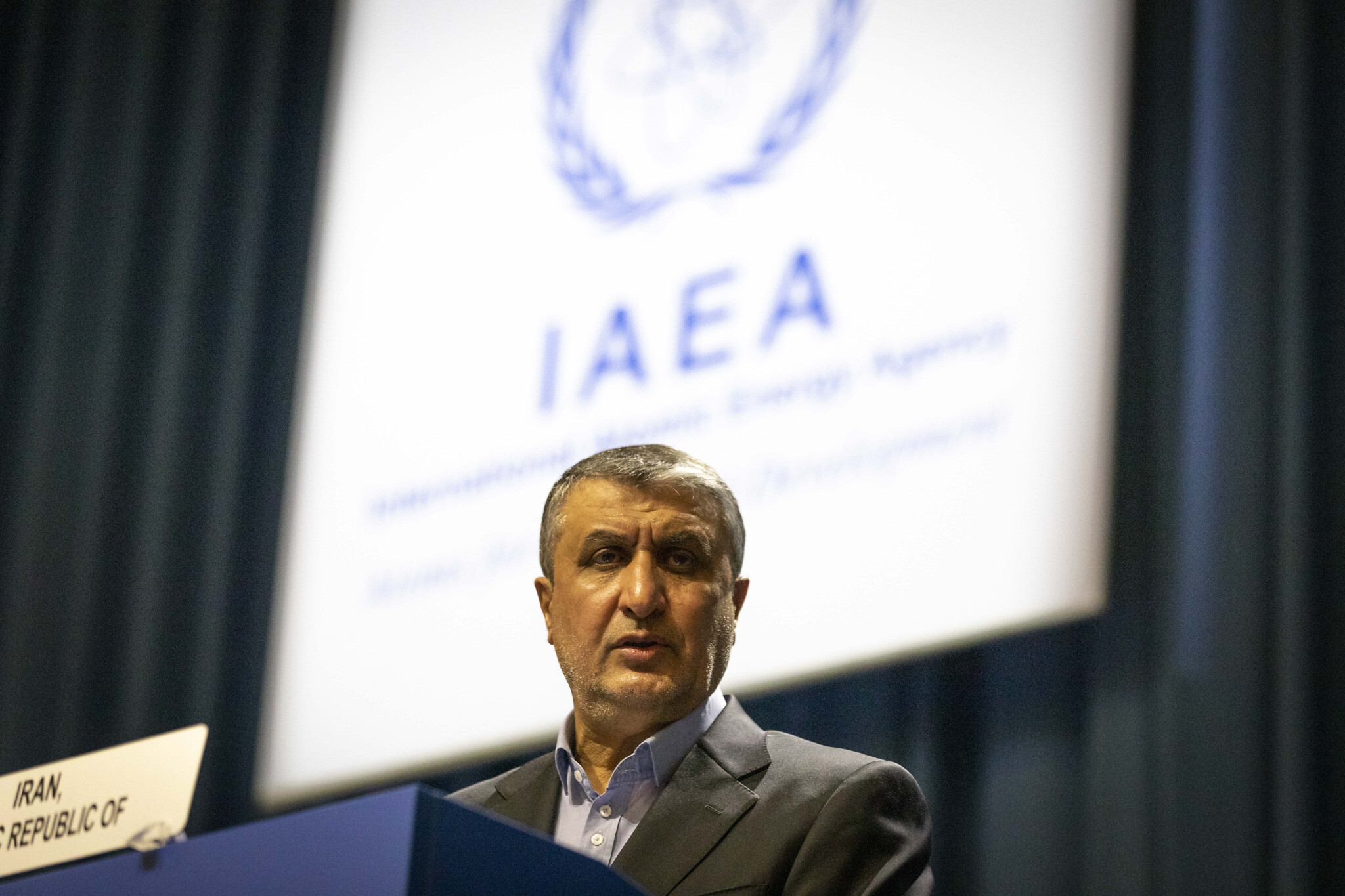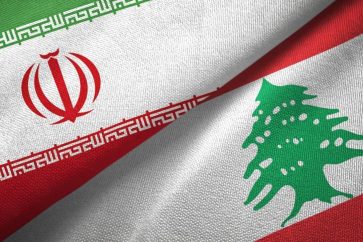The head of the Atomic Energy Organization of Iran (AEOI) Mohammad Eslami says that the issues of dispute between Iran and IAEA have been resolved.
Referring to the report in which non-compliance of centrifuges or the presence of particles was declared, Eslami said that the case was resolved after the IAEA inspectors’ investigations.
The investigations revealed that there was no specific deviation, according to the AEOI chief.
he said “These accusations have been raised for 20 years and the negotiations have turned into the JCPOA document,”, adding that the reason for signing the JCPOA was such accusations.
Referring to the visit of the IAEA chief to Tehran in the coming days, Mohammad Eslami noted that Rafael Grossi’s visit to Iran can help the JCPOA talks process.
Eslami also rejected the agency’s report about the vagueness of Iran’s actions and said that such an issue was mentioned in the report.
Regarding the IAEA’s safeguard claims, he cited several meetings to clarify Iran’s answers. Iran has presented its answer in several hundred pages, according to him.
Elsewhere in his remarks, Eslami referred to the report of uranium particles enriched to nearly 84% and stressed that the issue was related to sampling a single particle that cannot be seen even with a microscope.
“What is important is the amount of material that is stored after production, which the (IAEA) inspectors observed and made sure was not more than 60%,” he emphasized.
On Tuesday, media sources reported that the IAEA is in discussions with Iran on the origin of uranium particles enriched to up to 83.7% purity.
The U.N. nuclear watchdog is in discussions with Iran on the origin of uranium particles enriched to up to 83.7% purity at its Fordow enrichment plant, a report by the watchdog seen by Reuters confirmed on Tuesday.
Behrouz Kamalvandi, the spokesman for the Atomic Energy Organization of Iran (AEOI) said in an interview with Mehr correspondent in Tehran last week, “It is normal to see 84% atomic particles in an enrichment process. It means that we may produce 5% [enriched uranium] and see 11% particles, or we may produce 20% but see 37% particles.”
The AEOI spokesman’s remarks were a reaction to the report by Bloomberg a few days earlier that claimed the IAEA had found uranium enriched to 84% in Iran.
Source: MEHR




